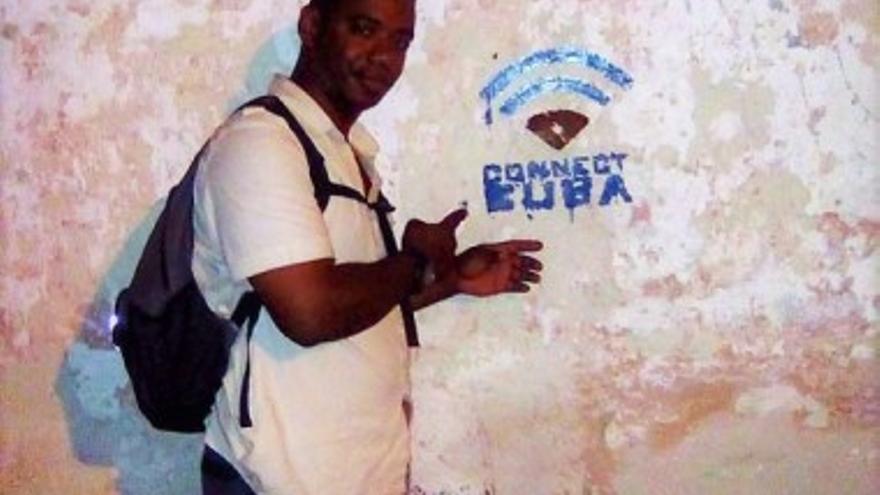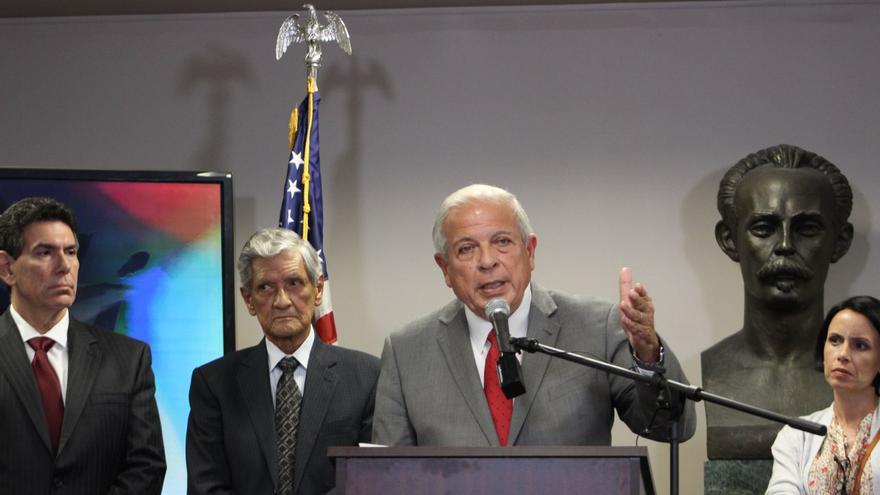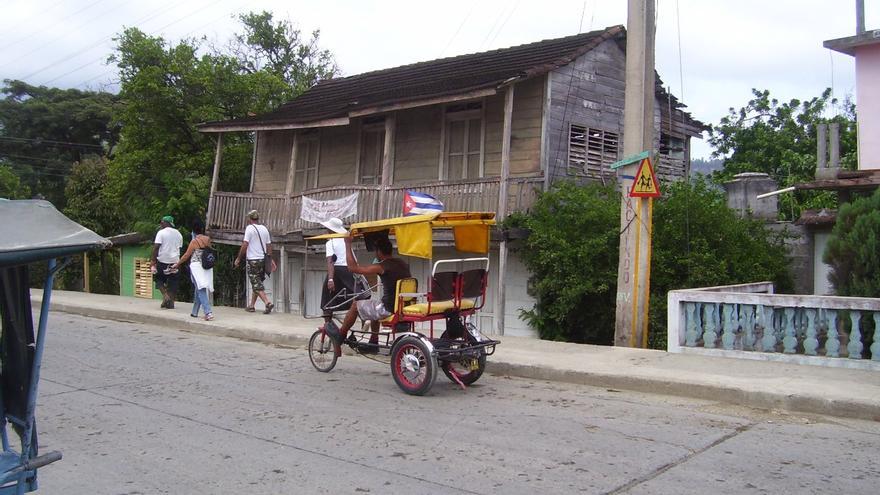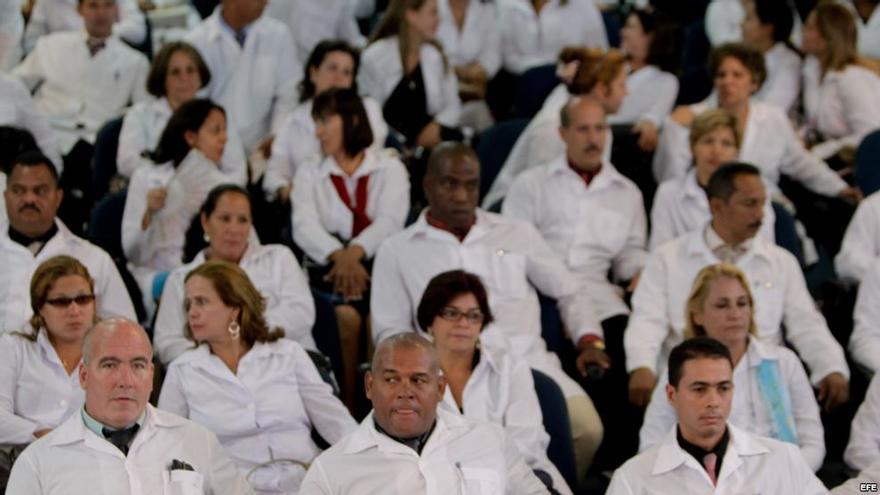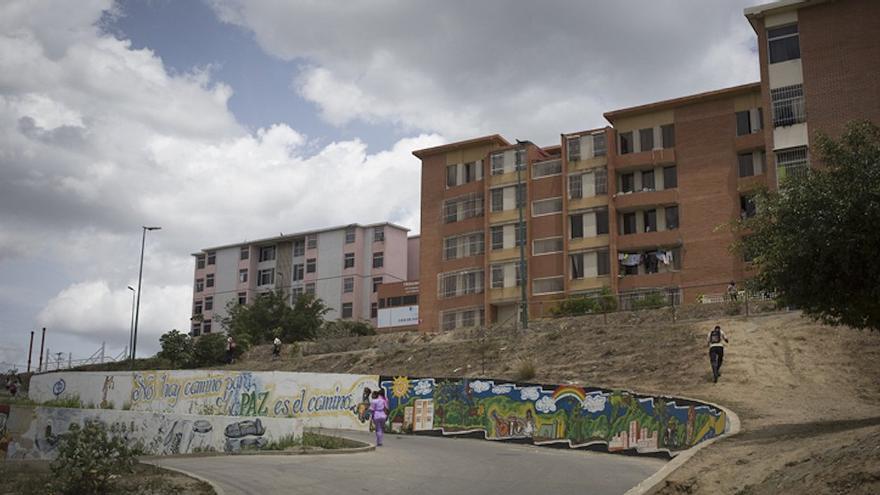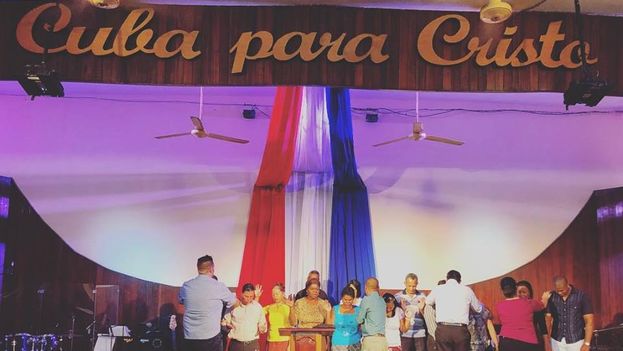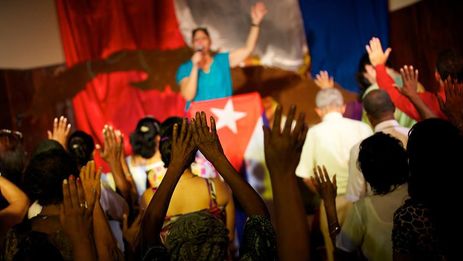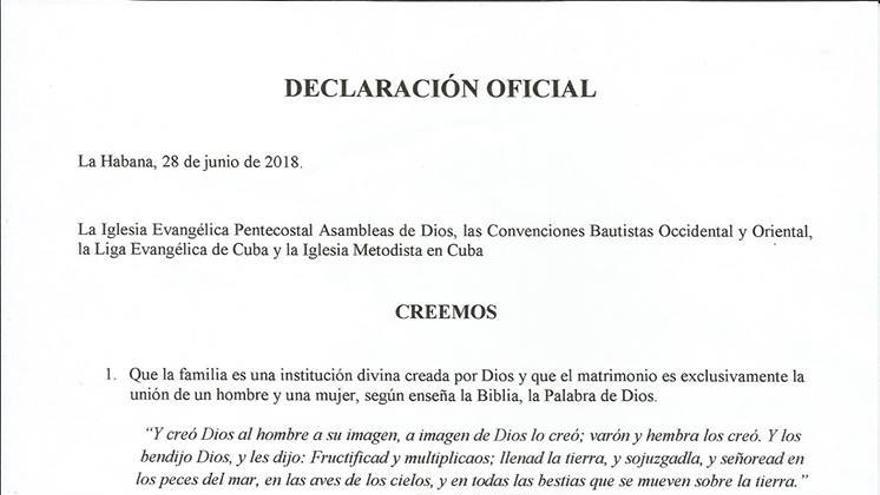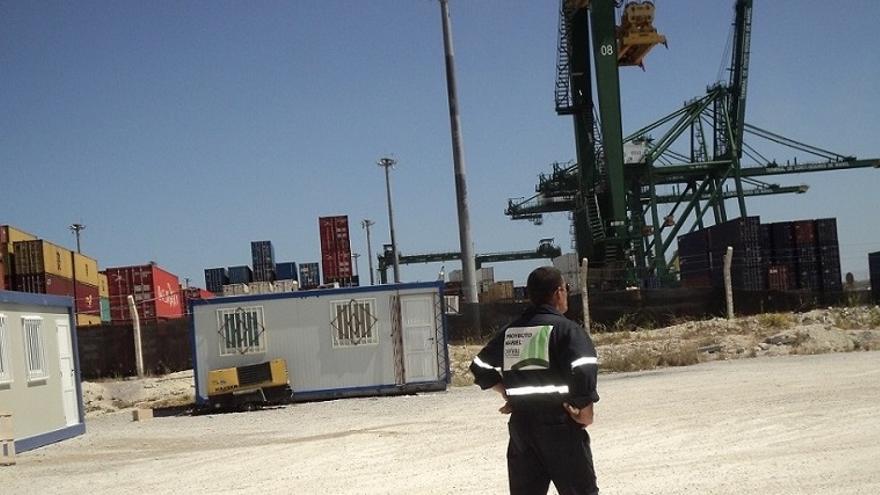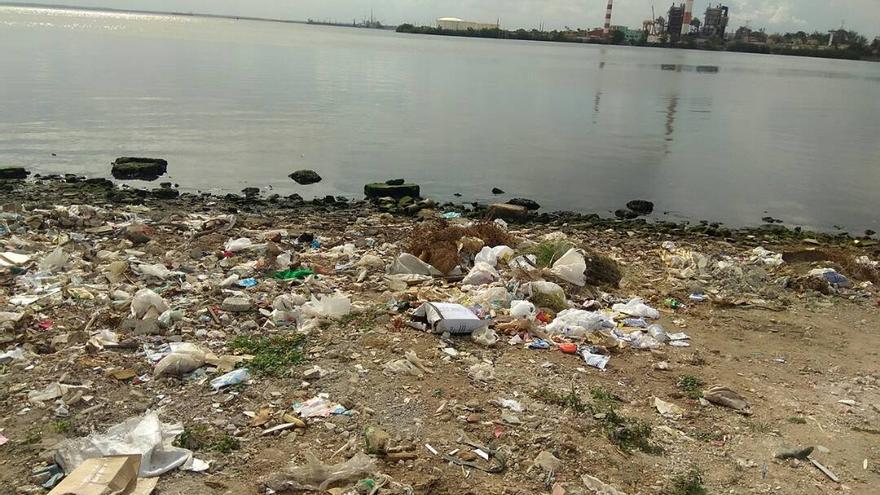“Since the oil refinery spilled into the bay we can no longer fish,” Eddy Alberto, a young man who lives in the Reina district just outside Cienfuegos, tells 14ymedio. On the morning of May 28, the Damují River overflowed near the refinery (recently abandoned by Venezuela), and flooded the sewage treatment pools, sending more than 12,000 cubic meters of liquids mixed with oil into the bay. continue reading
The rains from subtropical storm Alberto increased the flow in the province’s rivers, which empty into the bay, making the marine currents stronger than normal and sending the oil slick across more than 70% of the inlet. Cuba Petroleo specialists estimate that the recovery costs are on the order of a million dollars. Local fishermen fear that there will be no financial compensation for them.
“It’s not the first time they’ve polluted the bay, we live off fishing and no one will compensate us for this,” says Eddy Alberto, 30, his skin tanned by the tropical sun. The young fisherman complains that in order to support his family he now has to cut grass to sell to the drivers of the horsecarts — the main means of transportation in the city — to feed their horses. For each bag he receives 15 Cuban pesos (roughly 60 cents US).
This is not the first environmental tragedy experienced in the bay. The previous catastrophe dates back to 1986 when an oil spill seriously contaminated the inlet. The cleanup work lasted five months. In 2001, an arsenic spill caused alarm among Cienfuegans. Although the authorities never revealed how much of the poison was poured into the bay, fishing was prohibited.
At the end of 2013, Reinaldo Acosta Milán, director of the Supervision Unit of the Ministry of Science, Technology and Environment (CITMA) explained on Radio Ciudad del Mar that the waters of the bay were free of arsenic and that, with the passage time, the spill had been incorporated into the sediments. Acosta Milán recognized that of the species studied by CITMA, shrimp and some shellfish in the area had high levels of arsenic, so their consumption in a sustained manner could be harmful to human health. But many fishermen continued with the under the counter sale of seafood.
Eddy Alberto is not the only fisherman in his neighborhood. In the area known as the 100 Casitas, a settlement built by the Government to house the victims of Hurricane Lili, many are engaged in illegal fishing and they sell their products in the city.
“We do not hurt anyone with what we take from the sea, we are living day-to-day,” says a colleague who sells minutas (breaded fish fillets) and oysters. This man, who did not want to be identified, explains that some years ago he caught shrimp, but that it is more and more rare to find shellfish in the northern part of the bay, where he fishes.
A report by the United Nations Environment Program claims that the large-scale industrialization fostered in the years of Soviet influence on the island is mainly responsible for the compromised environmental condition of the bay. The scientists believe that the sediments of the bay are the second most polluted in the country, after those of the port of Havana.
In the 1980s, “the Nitrogenated Fertilizer Company alone contributed 9.7 tons per day of nitrogen,” notes the report. In those years, an average of 694 vessels passed through the waters of Cienfuegos annually, dumping 93.5 tons of garbage and more than 5,657 tons of oily water into the bay, according to the investigation.
The natural recycling of the bay’s waters is slow, which makes it easier for pollutants to remain longer. According to experts, the waters take between 39 and 59 days to clear the 34 square mile harbor.
The use of polluting fertilizers and biochemicals in the watersheds that flow into the port also contributed to the environmental imbalance. The sugar mills near the Damují and Caunao rivers, the Damují paper plant, and the industries built in the breeding zone are the main culprits of the environmental deterioration in the inlet.
Researchers detected the disappearance of the white shrimp in the northwestern zone, a species that was a symbol of the city and which, along with pink shrimp, was the main fishing resource of the bay.
“In general, in the last decades there are signs of ecological deterioration with a reduction in biodiversity, loss of benthic zone communities [starfish, oysters, clams, sea cucumbers, ophiuroids and sea anemones], a reduction in size and of the catch levels of commercial species, and the erosion and landscape deterioration of the coastline,” conclude the scientists.
Alejandro Sánchez, 23, lives in the historical center of Cienfuegos. In the evenings he takes advantage of the breeze from the west to go with his girlfriend to the Royal Pier to contemplate the sunset. Although the bay has exchanged its shades of blue-green for more of a yellow hue due to the recent weeks’ rains, he believes that “there is no place in the world more beautiful.”
“The only thing I regret is the pollution,” he says, using a green straw to sip a pina colada, prepared in a place a few yards from the dock. “This place was designed for tourism but they didn’t take into account the stench,” he laments.
Both the Muelle Real and other areas of the historic center of Cienfuegos have been recently restored after the proclamation in 2005 of areas of the city as a World Heritage Site. The influx of tourism has grown in recent years and Cienfuegos has become an obligatory stopover on the road to neighboring Trinidad.
The bad smell that Sanchez refers to emanates from a sewage water evacuation channel that flows very close to the wharf. The sewage network of Cienfuegos, built more than a century ago in the days of the Republic, throws the waste directly into El Inglés stream and into the bay without any type of processing.
“The environs of the city have the highest concentrations of fecal coliform in the bay,” according to several environmental experts, although fecal counts are currently below the established norms in the bathing areas.
Sanchez says he has heard about the danger of water pollution, but that local people “are not sensitive to the issue.”
“You can see plastics, garbage, dead animals and rubble everywhere you look, and in the absence of landfills, people throw it directly into the sea, which is very sad,” he says.
Arianna García Chamero, of the Cienfuegos Center for Environmental Studies, raised the alarm on behalf of local researchers when they discovered the presence of microplastics in the bay.
It is estimated that this type of waste represents 85% of pollution in the oceans and seas. Many bags, wrappings and similar waste end up in the sea and are ingested by animals and pass into the human food chain.
García Chamero told the local press earlier this year that the intake of microplastics and the heavy metals that often accompany them can be harmful to human health, causing cancer, among other diseases.
“The highest concentrations in the three matrices evaluated — water, sediments and organisms — are at the [environmental quality assessment] stations of the city of Cienfuegos, which leads us to assume that the city is one of the major polluters of the environment,” says the expert, who expressed her alarm adding, “I was shocked that the levels [of microplastics] are sometimes similar to, or even higher than, the ranges found in studies in ecosystems of highly industrialized sites on the planet.”
___________________________
The 14ymedio team is committed to serious journalism that reflects the reality of deep Cuba. Thank you for joining us on this long road. We invite you to continue supporting us, but this time by becoming a member of 14ymedio. Together we can continue to transform journalism in Cuba.
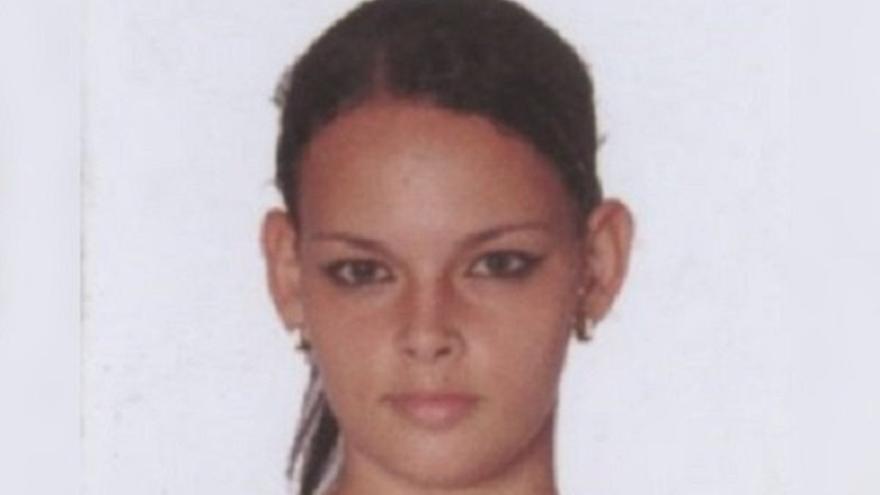
![]() 14ymedio, Justo Mora/Mario J. Pentón, Cienfuegos | 23 August 2018 — Justice came to Cienfuegos but in the deepest silence from the Provincial Court, which has kept secret the sentence of life imprisonment for two of the three men accused of raping and murdering Leidy Pacheco Mur, 18 years old and mother of a 10-month-old baby.
14ymedio, Justo Mora/Mario J. Pentón, Cienfuegos | 23 August 2018 — Justice came to Cienfuegos but in the deepest silence from the Provincial Court, which has kept secret the sentence of life imprisonment for two of the three men accused of raping and murdering Leidy Pacheco Mur, 18 years old and mother of a 10-month-old baby.
